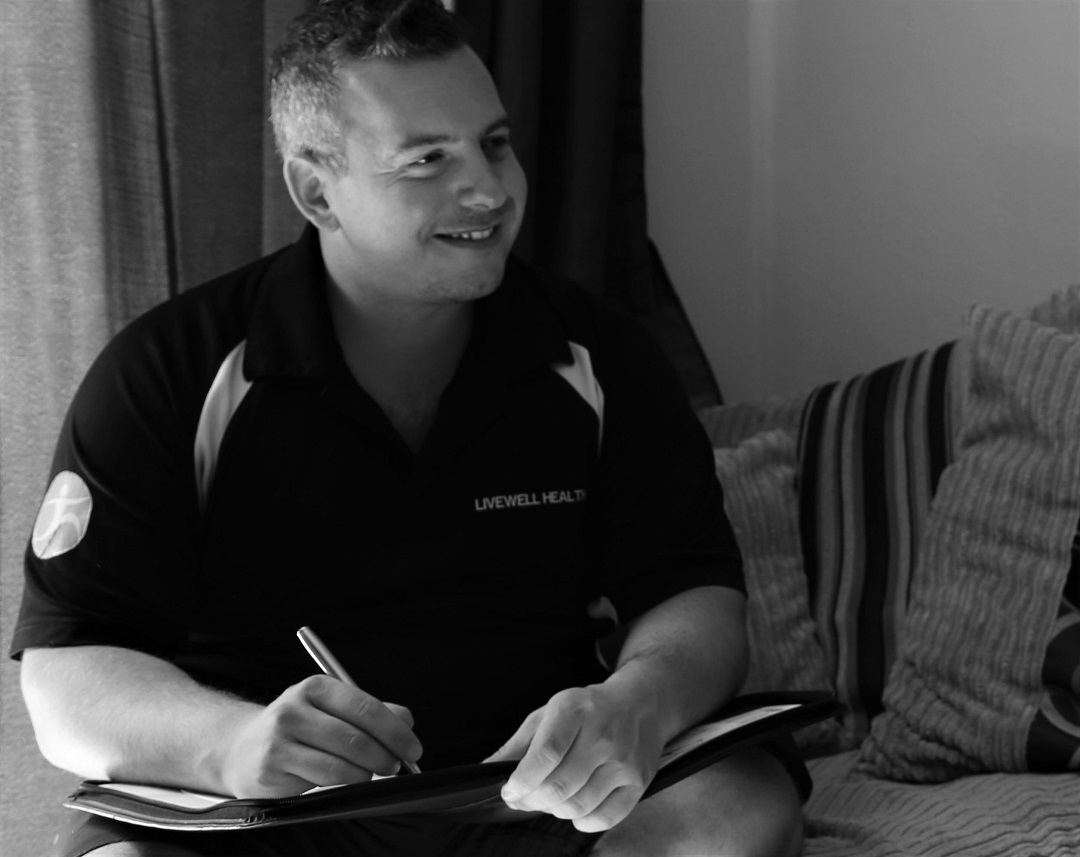Is bad posture the cause of your back pain?
Poor posture can be a contributing factor to back pain in some cases.
Maintaining good posture is essential because it helps distribute the body’s weight evenly and reduces the amount of stress on the spine. Poor posture, such as slouching or sitting in a hunched position, can put extra pressure on the muscles, ligaments, and discs in the back, leading to pain and discomfort.
Other factors such as injury, underlying medical conditions, and lifestyle habits can also contribute to back pain. It’s important to speak with a healthcare professional to determine the underlying cause of your back pain and develop a plan for treatment and prevention.

Exercises that can help with back pain
Several exercises can help with back pain, but you must consult a healthcare professional or a qualified physical therapist before starting any exercise program to ensure that you perform the exercises correctly and are safe for your specific condition. Here are some exercises that may be helpful for back pain:
- Cat-cow stretch: Get on your hands and knees and alternate between arching your back up towards the ceiling (the “cat” position) and rounding your spine downwards (the “cow” position). This can help stretch and mobilize the spine.
- Pelvic tilt: Lie on your back with your knees bent and feet flat on the floor. Tighten your abdominal muscles and press your lower back into the floor. Hold for a few seconds, and then release. This exercise can help strengthen the abdominal muscles and stabilize the lower back.
- Bird dog: Start on your hands and knees and extend your right arm forward and your left leg back at the same time. Hold for a few seconds, and then return to the starting position. Repeat on the other side. This exercise can help strengthen the core and improve balance.
- Wall sits: Stand with your back against a wall and slide down until your knees are bent at a 90-degree angle. Hold for a few seconds, and then slowly stand up. This exercise can help strengthen the muscles in the lower back and legs.
- Bridge: Lie on your back with your knees bent and feet flat on the floor. Lift your hips towards the ceiling and hold for a few seconds before slowly lowering back down. This exercise can help strengthen the glutes and hamstrings, supporting the lower back.
Remember to start slowly and gradually increase the intensity and duration of your exercises as your back pain improves. More stretches & exercises can also be found on our Back Stretches and Exercsises page.
If you want to know more about the correct techniques or would like professional advice from one of our personal trainers then please get in touch. . For more information on how these types of techniques could help you, contact us on 07939 212 739 or drop us an email at info@livewellhealth.co.uk


